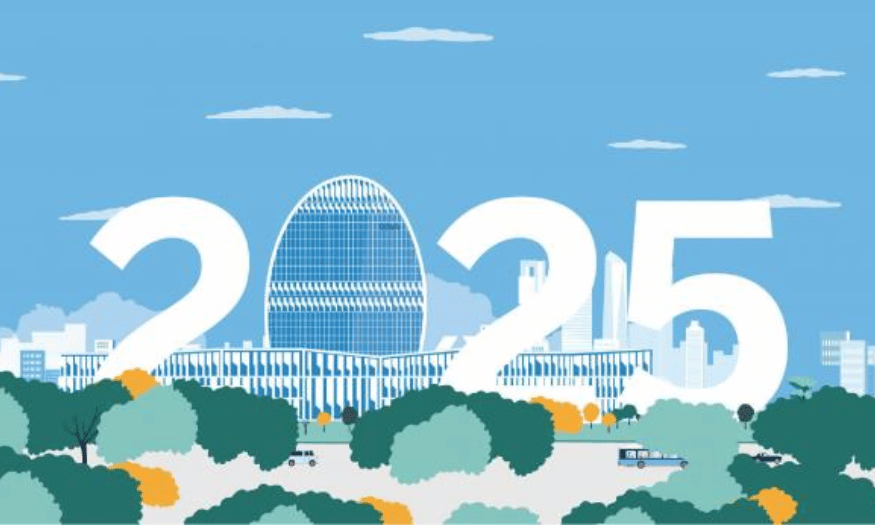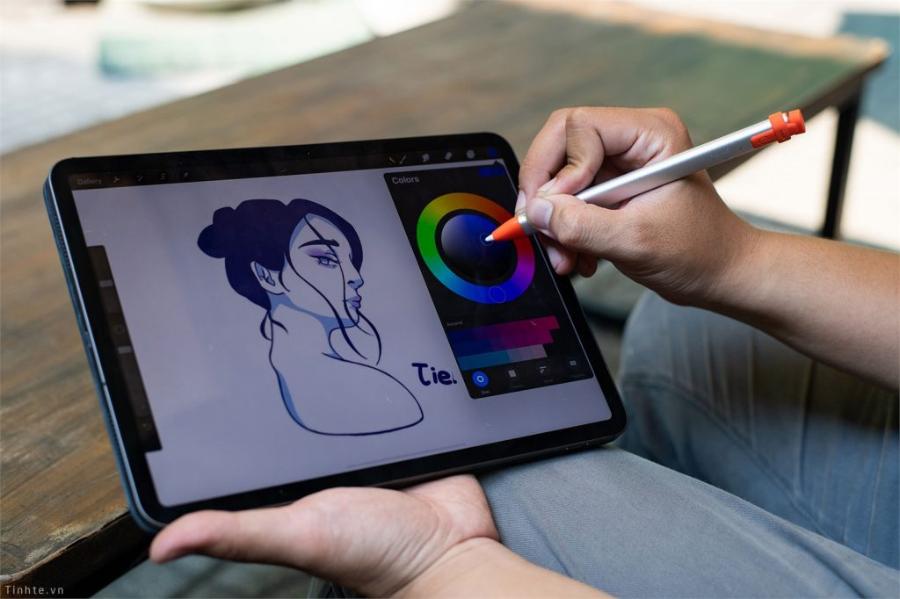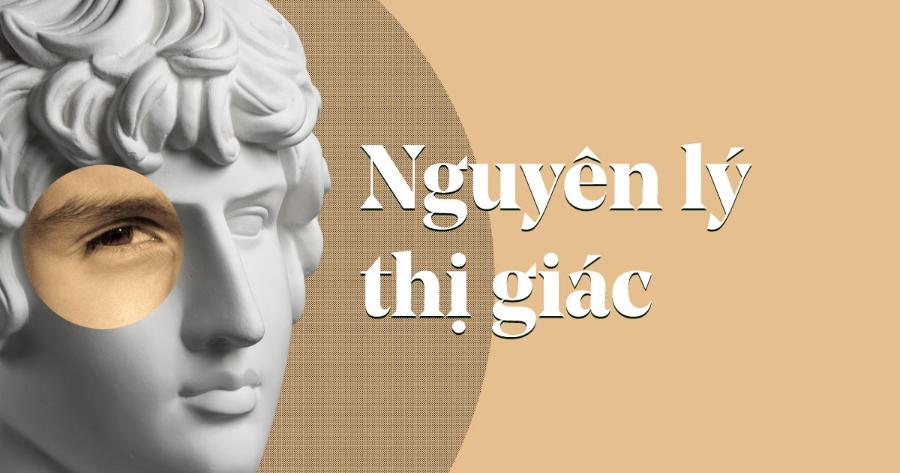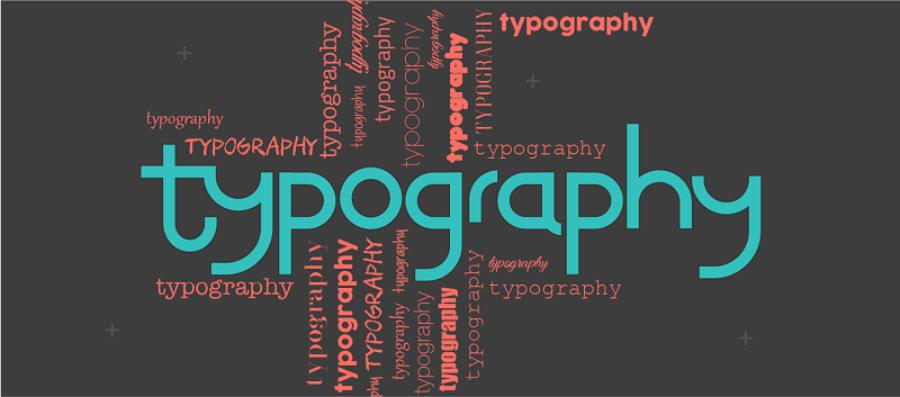Best Selling Products
Banner Design Ideas That Will Rule the Market in 2025
Nội dung
- 1. Interactive 3D animated banners: A breakthrough trend
- 2. Banner with parallax effect: Create attractive depth
- 3. Minimalist Banner with Neon Effect: Subtle Beauty
- 4. Banner with paper cut-out effect
- 5. Banner with hologram effect
- 6. Banner with morphing effect
- 7. Interactive Banner with AR (Augmented Reality)
- 8. Banner with Glitch Art effect
- 9. Banner with Cinemagraph effect
- 10. Conclusion
In media, banners are not just a form of advertising but also a powerful tool to help businesses affirm their brands and attract customers' attention. With the constant development of technology and design trends, creating unique and impressive banners has become an art. Have you ever wondered what makes a successful banner? Let's explore with Sadesign the banner design ideas that dominate the market and the secrets to creating impressive banners that cannot be missed!
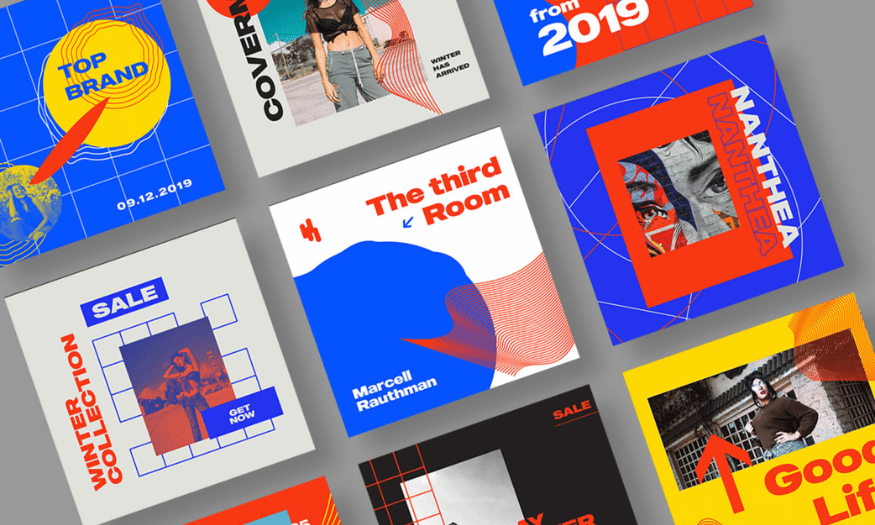
In media, banners are not just a form of advertising but also a powerful tool to help businesses affirm their brands and attract customers' attention. With the constant development of technology and design trends, creating unique and impressive banners has become an art. Have you ever wondered what makes a successful banner? Let's explore with Sadesign the banner design ideas that dominate the market and the secrets to creating impressive banners that cannot be missed!
1. Interactive 3D animated banners: A breakthrough trend
In 2025, interactive 3D animated banners have become a remarkable phenomenon in the field of online advertising. These banners not only attract attention but also bring an extremely interesting interactive experience to viewers. Unlike traditional static banners, these banners allow users to participate in the product discovery process in a more vivid and intuitive way.
The first step to creating an impressive interactive 3D animated banner is to come up with an idea. You need to identify your key message and target audience. Think about how you can turn that message into an engaging 3D experience. Creativity in this step will determine the success of the banner, as a good idea will attract viewers at first sight.
Next, you need to create an initial design using software like Blender or Cinema 4D. Create basic 3D elements and pay attention to detail to ensure aesthetics. Once the design is complete, add animation effects to the 3D objects, ensuring that the movement is smooth and natural. Finally, integrate interactive elements like the ability to rotate the product or change colors through HTML5 and JavaScript to enhance the user experience.
.png)
2. Banner with parallax effect: Create attractive depth
The parallax effect has become one of the prominent banner ad design trends in 2025. This technique creates the illusion of depth and movement, bringing a unique visual experience to viewers. As users scroll the page, the content layers move at different speeds, making them feel like they are exploring a vivid 3D space.
To create an impressive parallax banner, you need to prepare your content by dividing it into different layers. Typically, you will need at least three layers: background, main object, and text. Use design software like Adobe Photoshop or Illustrator to create separate layers and make sure each layer is high resolution to avoid pixelation when moving.
Once you have your design in place, the next step is to code the effect using HTML, CSS, and JavaScript. You can use libraries like Parallax.js to simplify this process. Adjust the speed of each layer to create the desired depth effect, and pay attention to performance to make sure the banner doesn’t slow down page load times. Finally, test on multiple devices to make sure the effect works smoothly.
3. Minimalist Banner with Neon Effect: Subtle Beauty
Minimalist design trends combined with neon effects have created a new wave in advertising banner design in 2025. This combination brings a subtle yet impressive beauty, suitable for many types of products and services. These banners often use bright colors on a dark background, creating a strong contrast and attracting attention.
To create a minimalist banner with an eye-catching neon effect, you first need to define your layout with a dark background, usually black or dark gray. This will make the neon effect stand out. Next, choose a main color with one or two neon colors, such as blue, pink, or neon yellow, to highlight the design.
Once you have the foundation, design simple shapes or outlines using a vector drawing tool in your graphic design software. Apply a glow effect to these elements and pair them with text in a simple, easy-to-read font. Finally, animate the neon elements using CSS animations or JavaScript to make the banner come to life and be more engaging. A great example is Spotify's ad campaign for the "Night Rider" playlist, which is both visually and musically engaging.
.png)
4. Banner with paper cut-out effect
The paper cut effect banner design trend has become popular in 2025, bringing a unique and handmade feel to digital ads. This technique not only creates the illusion of depth and texture, but also opens up a new artistic space, making your banner stand out from the crowd of online ads. The paper cut effect often evokes memories of handmade works, while also attracting viewers' attention thanks to its creativity and artistry.
The first step to creating an impressive paper cut banner is to come up with an idea. You need to determine the main message and visual style you want to convey. Paper cut works well with a variety of themes, from beautiful nature to modern urban landscapes. Think about how the elements in the banner can interact with each other to create an engaging and understandable story.
Once you have an idea, start sketching out the main elements of your banner. Sketching not only helps you visualize your design better, but it also lays the foundation for the next steps. Using vector design software like Adobe Illustrator, you can create distinct shapes and objects for each layer of paper. Don’t forget to add a light paper texture to each layer to add realism, helping viewers feel the sharpness and vibrancy of each detail.
5. Banner with hologram effect
The hologram effect has become one of the most prominent advertising banner design trends in 2025. This technique brings a unique visual experience, creating the illusion of a three-dimensional image floating on a flat surface. The combination of imaging technology and creative design makes the banner vivid and attractive, making viewers unable to take their eyes off.
To create a banner with an impressive hologram effect, the first step is to identify the main object you want to display as a hologram. This can be a product, a logo, or any image that fits your advertising message. Next, use 3D software like Blender or Cinema 4D to create a 3D model of the main object. Make sure the model is highly detailed to create a realistic feel when displayed.
Once you have completed the mockup design, you will need to apply textures and shaders to create the transparency and lighting effects that are characteristic of a hologram. Designing a dark or high-contrast background will help to highlight the hologram effect. For added appeal, add UI elements such as buttons, progress bars, or indicators to increase interactivity and give the banner a high-tech feel.
.png)
6. Banner with morphing effect
Morphing has become a prominent trend in banner ad design in 2025. This technique allows creating a smooth transition between two or more images, creating a strong impression and keeping viewers engaged for longer. Morphing not only attracts attention but also helps convey messages in a more intuitive and vivid way.
To create a banner with an impressive morphing effect, you first need to choose 2-4 images that are related to each other or can tell a story when transitioning. Make sure that these images are the same size and resolution to create a natural transition. Using photo editing software like Adobe After Effects, you can mark the similarities between the images. This is an important step to ensure a smooth and attractive transition.
Next, set up keyframes for each transition, defining the timing and speed of the morphing. Apply blend or warp tools to create the transition, and adjust the timing to get the most natural morphing effect. Don’t forget to add text and call-to-action buttons to the banner, making sure they aren’t affected by the morphing effect. A great example of morphing is Coca-Cola’s ad campaign, where a can of Coca-Cola seamlessly transforms into a can of Coca-Cola Energy, creating interest and effectively conveying the message.
7. Interactive Banner with AR (Augmented Reality)
In 2025, interactive banner ads with augmented reality (AR) technology have become a breakthrough trend, opening up a completely new approach to advertising. These banners are not simply images or videos but also create immersive experiences, allowing users to interact with 3D elements in real space. The combination of the real and virtual worlds helps create deep and inspiring experiences, making brands closer to customers.
The first step to creating a great AR banner is to have a clear goal. You need to decide on the main purpose of the AR experience – whether it’s to let users try on virtual products, interact with a 3D environment, or view additional information. Defining the goal will help you build a clear scenario that fits your users’ needs. Think about how users will interact with the banner and what value they’ll get from the experience.
Next, design the 3D models and environments needed for the AR experience. Use 3D software like Blender or Maya to create the objects and scenes, making sure they are highly detailed and aesthetically appealing. Once you’ve completed your design, you’ll need to develop the AR app using SDKs like ARKit (for iOS) or ARCore (for Android). If you want to implement the AR experience on the web, libraries like AR.js or 8th Wall will come in handy. Finally, integrate markers like QR codes or special images to trigger the AR experience when users scan it with their camera.
An example of an interactive banner ad with AR is IKEA’s campaign for its “IKEA Place” app. The banner displays a special QR code that, when scanned with a phone, opens a virtual living room on the screen. Users can move their phones to explore the room from different angles, change the color and size of the furniture, and even “place” it in their real-life space. A detailed 3D model of the product is displayed, giving consumers a clearer idea of how the product will fit into their living space. This campaign not only attracts attention, but also provides a realistic and useful experience for potential customers.
.png)
8. Banner with Glitch Art effect
Nowadays, Glitch Art has become a unique and attractive design style in the field of advertising banners. This effect creates a sense of intentional imperfection, bringing a unique aesthetic beauty and attracting the attention of viewers. Glitch Art not only creates eye-catching images but also shows creativity and innovation in design, which makes brands stand out more in the eyes of customers.
To create a banner with an impressive glitch art effect, you need to start by choosing a source image that is relevant to your advertising message. High-contrast images often work well with glitch effects, helping to create a striking and eye-catching effect. In photo editing software like Adobe Photoshop, you can create multiple copies of the source image on different layers, making it easy to apply glitch techniques to each layer separately.
Techniques like pixel sorting, channel shifting, or databending will help you create unique and interesting glitch effects. Once you have applied the effects, combine the layers together, using different blend modes to create the desired overall effect. To enhance the glitch feel, you can add noise elements like static noise or scan lines. This will make the banner more dynamic and attractive. Finally, don’t forget to subtly integrate text, using fonts and effects that match the glitch style.
A prominent example of the use of glitch art in a banner ad is an indie game company’s campaign for its new cyberpunk game. The banner starts with an image of a futuristic city, then glitch elements begin to appear, distorting and breaking the image in a controlled way. The game’s logo and the slogan “Hack the System” appear between the glitch lines, creating a sense of an unstable digital world. This effect is not only visually appealing, but also effectively conveys the theme and atmosphere of the game, creating curiosity and excitement for the viewer.
9. Banner with Cinemagraph effect
Cinemagraphs are a unique technique that combines still images with movement, creating a captivating visual effect. This year, this trend has become popular in banner advertising design, bringing sophistication and appeal to marketing campaigns. Cinemagraphs allow designers to create dynamic images, while still maintaining the elegance and professionalism of the message they want to convey.
To create a banner with an impressive Cinemagraph effect, you can start by shooting a short video (about 3-5 seconds) of the scene you want to create a cinemagraph. Use a tripod to keep it steady, this will make it easier for you to choose the keyframes for the static part. Once the video is recorded, open it in an editing software like Adobe Photoshop or Flixel to choose a frame to use as the static background for the cinemagraph.
Once you have your keyframes, the next step is to decide which parts of the image will have movement. Choose just one or two small areas for the best effect. Use the masking tool to cover the rest of the image, leaving only the parts you want to have movement. Adjust the video clip to create a seamless loop for the movement, and tweak the brightness, color, and contrast to ensure a good balance between the still and moving parts. Finally, don’t forget to add text and calls-to-action, creating a banner that is not only beautiful but also effective in conveying your brand message.
A great example of using cinemagraphs in banner ads is a campaign for a high-end coffee brand. The banner shows a scene of a luxurious coffee shop, with most of the elements in the image being static. However, the steam from the cup of coffee in the center of the image rises up subtly, creating an attractive focal point and evoking a sense of deliciousness. The slogan “Awaken the senses” appears softly, matching the warm tones of the image. This cinemagraph effect not only attracts attention but also conveys a sense of quality and sophistication of the brand, piques the interest of consumers.
.png)
10. Conclusion
By applying the above ideas and strategies, you can create banners that are not only attractive but also effective in conveying your brand message. Investing in quality banner design will help your business stand out and establish a solid position in the hearts of customers.









































